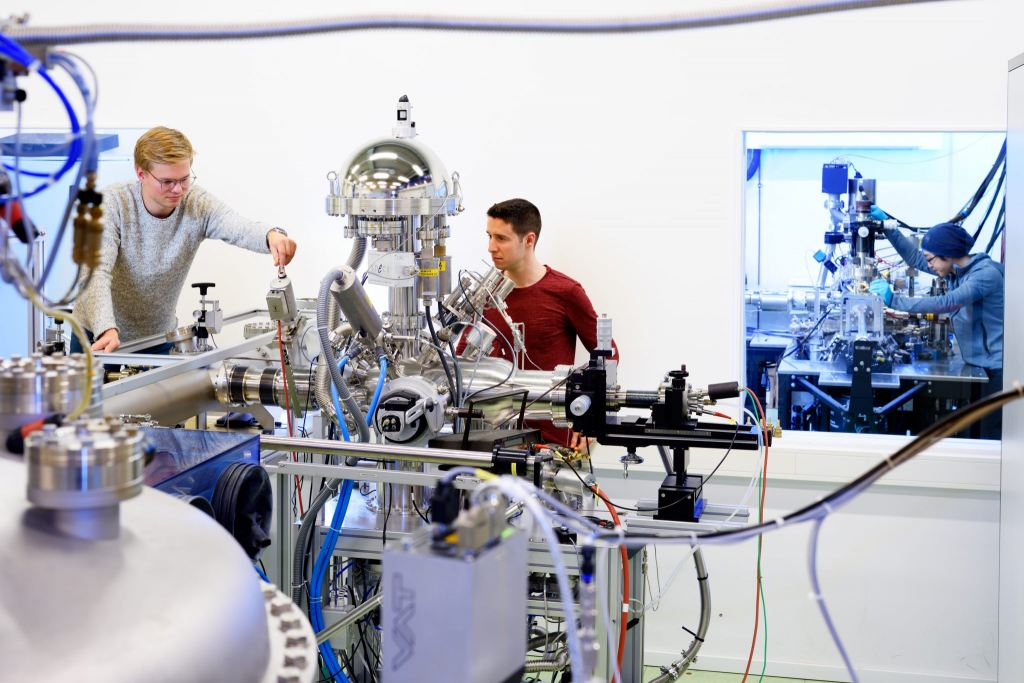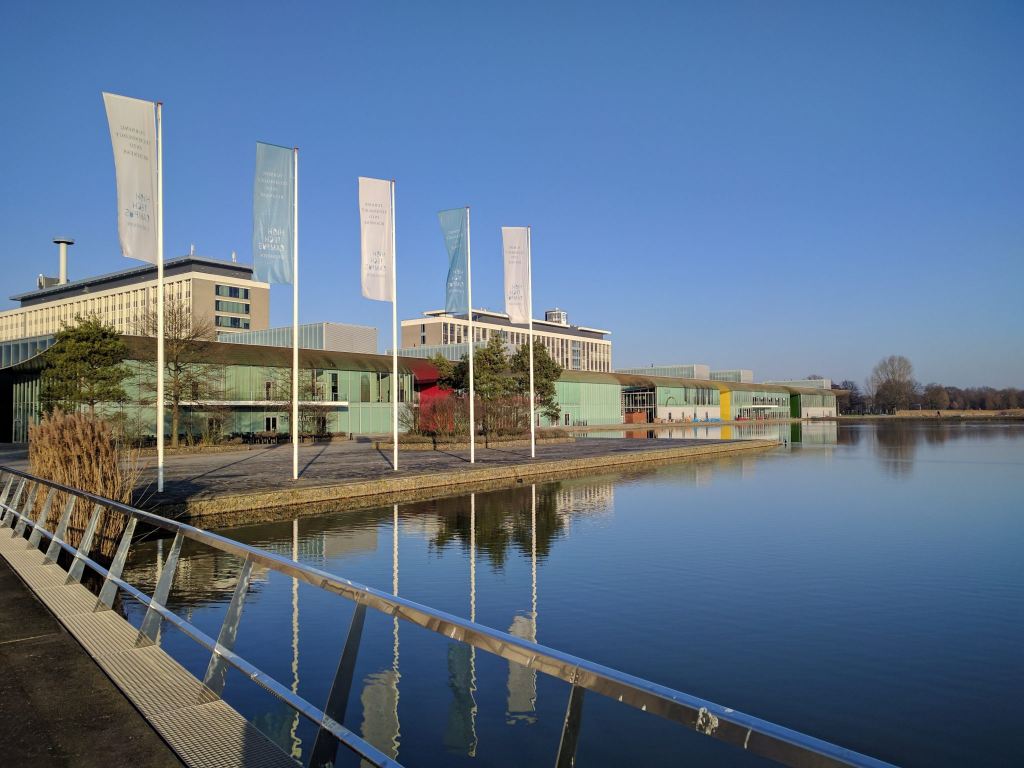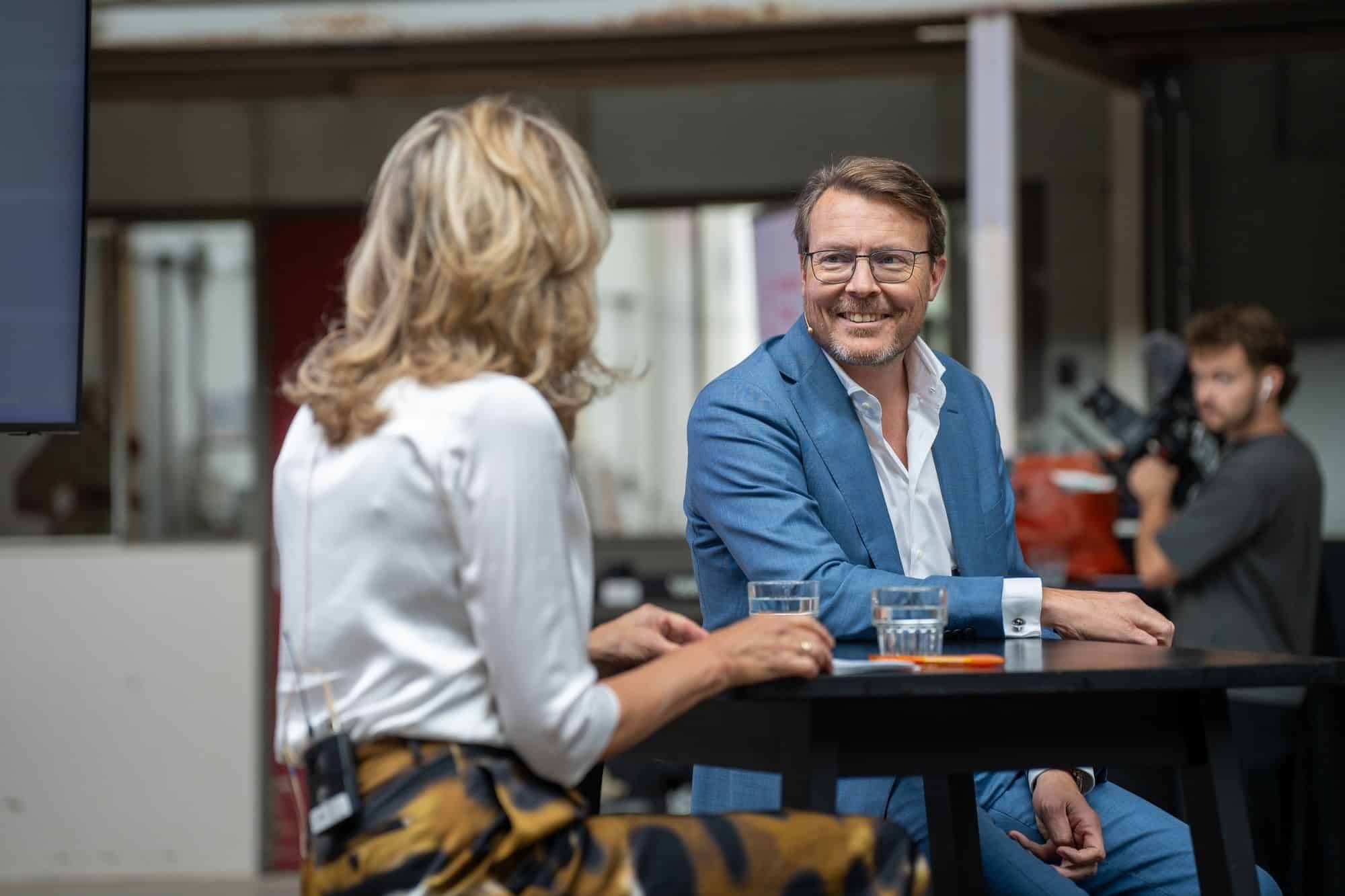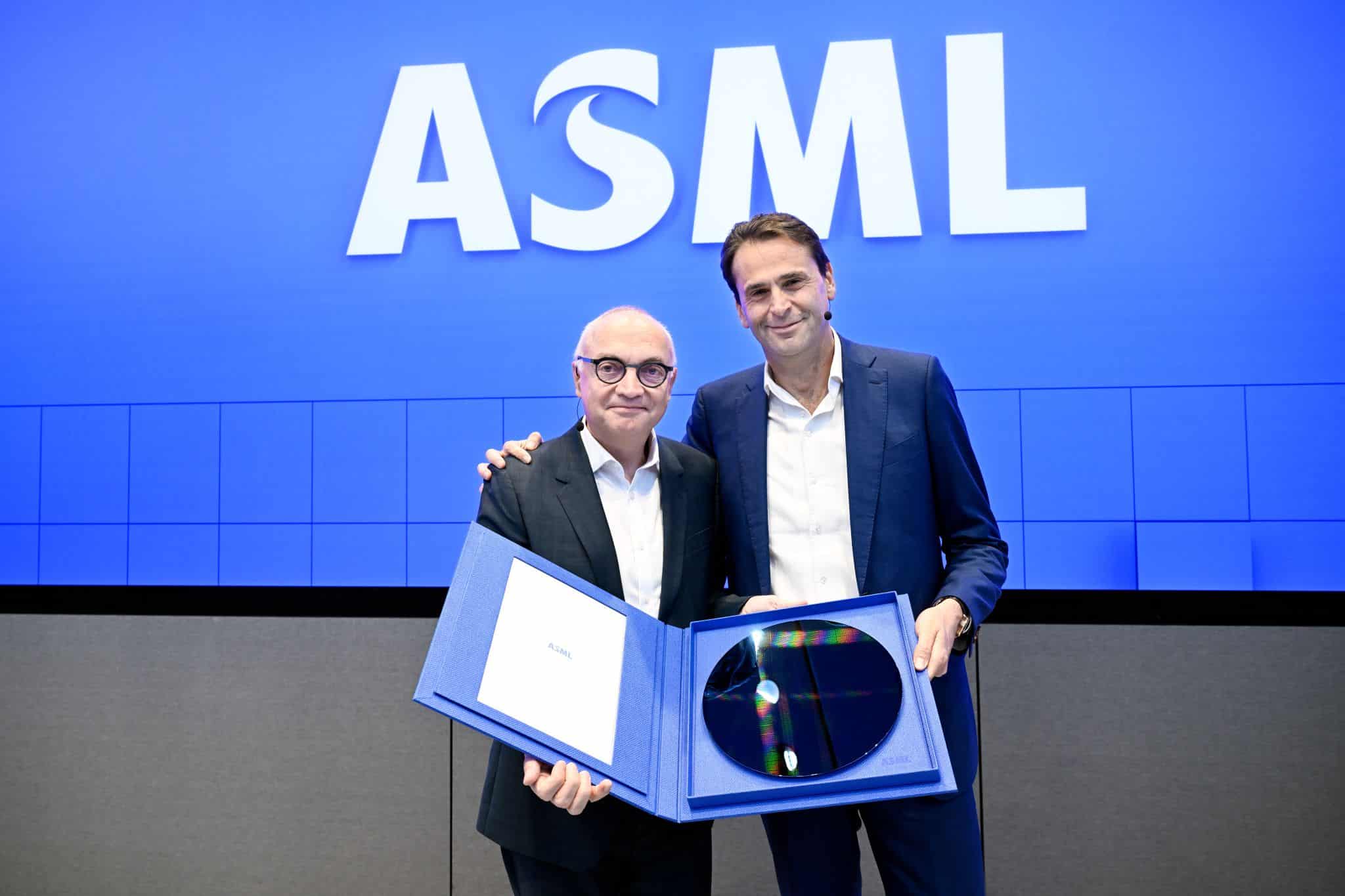
In comparison with three years ago, Limburg has risen two places on ING’s Innovation Index. The performance in terms of business dynamics and patent applications has improved and in terms of innovative spending per inhabitant, only Brabant scores better. According to ING, Brightland campuses – and especially the one in Geleen – play an important role in the growth.
Limburg now belongs to the middle group in an index that is still dominated by the Randstad provinces. All provinces were assessed on youth potential, competencies, business dynamics, flexibility and innovative investments.
Noord-Holland, Utrecht and Zuid-Holland have the highest adaptability capacity. They have relatively more young, well-educated people and high business dynamics. They also score reasonably well on the other pillars. Business services are more overrepresented in the Randstad than elsewhere. This sector is highly innovative, especially in the field of digitisation and the use of big data. Thanks to the high investments in innovation, Noord-Brabant has risen above the average but falls short on the other pillars.
Brabant companies account for half of all Dutch patent applications, companies in Eindhoven for 40%. The first place in the field of innovative investments is the result. Limburg ranks 2nd here. DSM and Océ together accounted for €335 million in domestic R&D expenditure. “For Limburg, the Brightlands Chemelot Campus is an important hub,” says ING. “The growth in the number of companies and jobs, together with the clustering of production and research, strengthens the position of the chemical industry in the region in particular.” The high-tech industry in North Limburg has many links to the Brainport Eindhoven successes.
The Dutch economy is flourishing
 The economy is in good shape. For 2018 and 2019, ING Economic Bureau expects GDP growth of almost 3% and 2.5% respectively. All sectors and provinces are showing growth. The manufacturing industry is particularly notable. Since 2010, this sector has grown the strongest of all sectors. The annual average growth rate was 5% in the electrical and machinery industry and – thanks to VDL – no less than 16% in the transport equipment industry. Thanks to robotisation and other forms of process innovation, this growth is mainly due to an increase in labour productivity, while job growth was less high. Half of all Dutch companies with R&D activities are industrial companies. In specialist business services and ICT, this is 13% and 8% respectively. Industry accounts for 57% of corporate R&D expenditure, and services for 37%.
The economy is in good shape. For 2018 and 2019, ING Economic Bureau expects GDP growth of almost 3% and 2.5% respectively. All sectors and provinces are showing growth. The manufacturing industry is particularly notable. Since 2010, this sector has grown the strongest of all sectors. The annual average growth rate was 5% in the electrical and machinery industry and – thanks to VDL – no less than 16% in the transport equipment industry. Thanks to robotisation and other forms of process innovation, this growth is mainly due to an increase in labour productivity, while job growth was less high. Half of all Dutch companies with R&D activities are industrial companies. In specialist business services and ICT, this is 13% and 8% respectively. Industry accounts for 57% of corporate R&D expenditure, and services for 37%.










